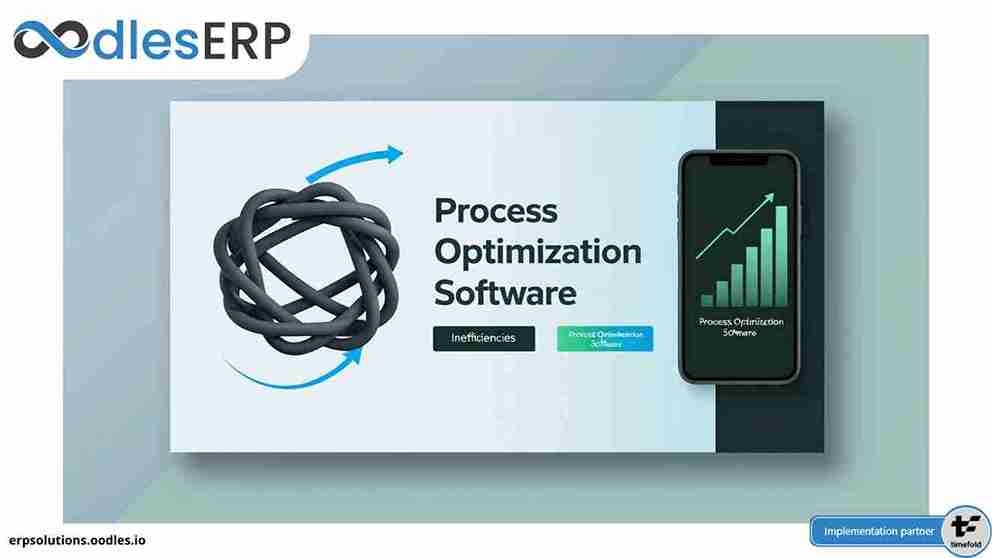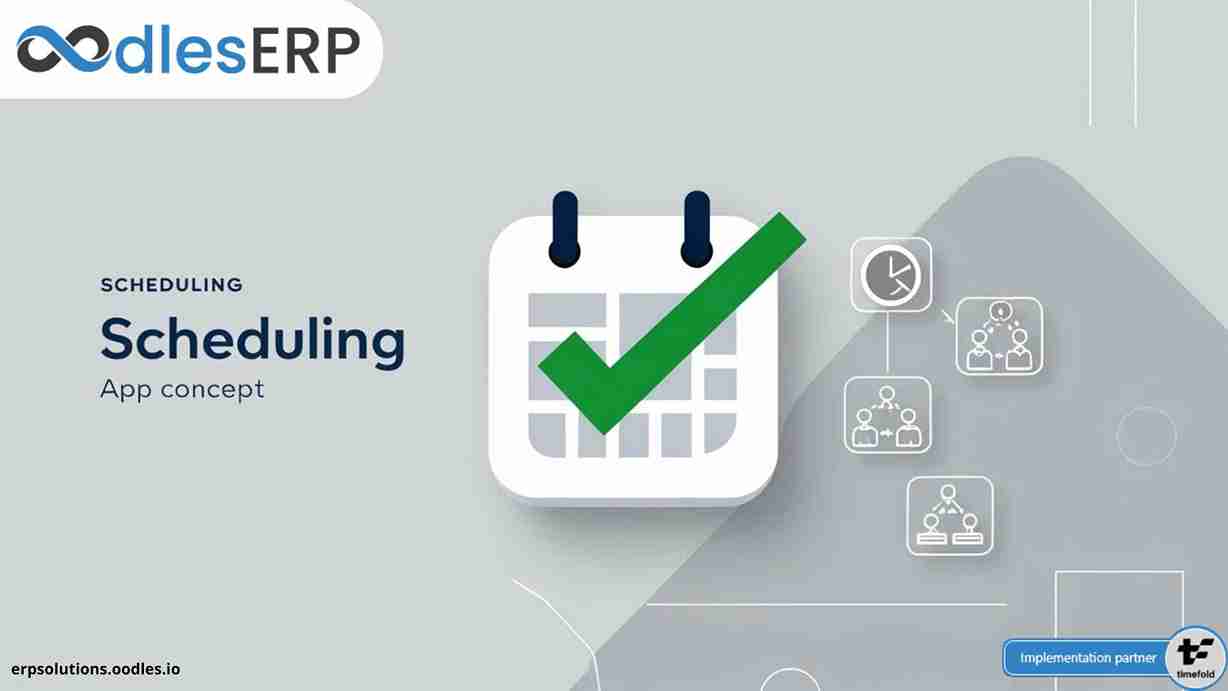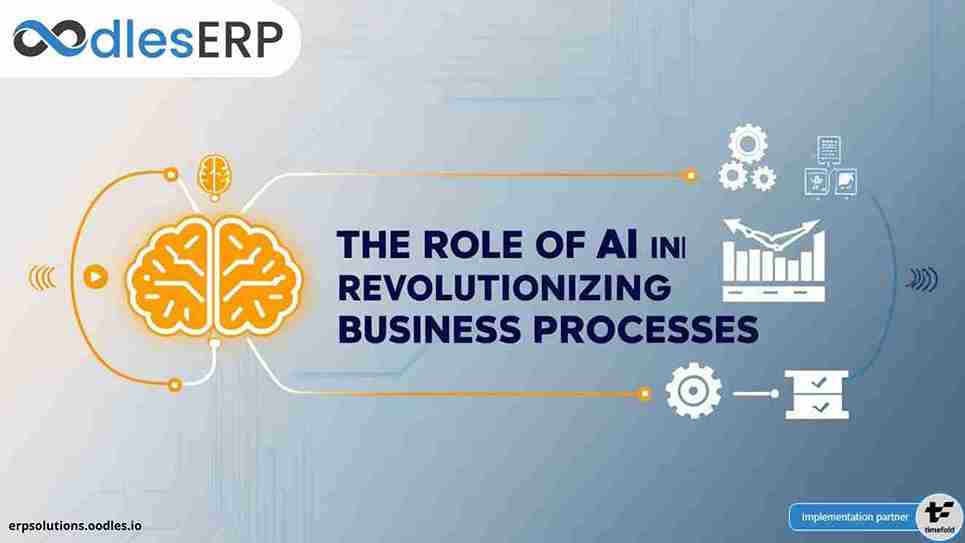In today’s volatile market conditions, businesses require several software tools to enhance their operational efficiency and sustain the cut-throat competition. We often see organizations using a number of disparate business applications from different vendors that might not be forward or backward compatible with each other. The problem also arises with legacy systems that might not be compatible with modern-day software modules due to technology gaps.
While software migration is a feasible solution, most enterprises perceive it as the last option to turn things around when nothing else seems to work. The other and most promising solution is building and deploying middleware that bridges disparate software modules and components.
In this post, we highlight the significance of middleware application development while also explaining the main types of middleware applications.

Also, Read Middleware Development To Overcome Software Heterogeneity Challenges
What Is The Middleware Technology?
Middleware is a specially designed software solution that interconnects multiple business applications and facilitates seamless data exchange, regardless of their heterogeneity. It is often referred to as a ‘software glue’ that adequately connects a series of software modules, components, and distributed systems. Middleware application development provides a centralized software interface to effectively manage a series of interconnected modules in perfect synchronization. In doing so, it enables enterprises to gain complete control over their software systems running on different platforms, technologies, and operating systems.
An apt example of middleware is application programming interfaces (APIs) that provide users with easy access to the given application’s features across multiple software platforms.
Types of Middleware
From the above discussion, we observe that middleware acts as an intermediary between disparate software modules and heterogeneous applications. Furthermore, middleware application development facilitates seamless interaction and data exchange between the given entities. To better understand the significance of middleware in business applications, let us now delve into a technical discussion about the types of middleware.
Database Middleware
This type of middleware establishes direct communication between interconnected applications and databases, enabling continuous interactions and data exchanges. While implementing this middleware, you can choose from a variety of database gateways and configurations to facilitate seamless connectivity. It is the most common and extensively used middleware that generally incorporates SQL database software.
Also, Read Open-source Middleware Solutions For IoT Applications
Object Middleware
As the name suggests, it is a middleware that uses an object-oriented system, enabling applications to send objects and request services. The object middleware is also called an object request broker as it facilitates frictionless communication between different types of objects.
Message-oriented Middleware (MoM)
Message-oriented middleware aids in establishing a robust communication infrastructure that supports sending and receiving messages over distributed applications. It lets you efficiently manage all the connected applications that might be running on the different operating systems and network protocols. It is also one of the most popular middleware types that significantly reduces complications related to messaging.
Remote Procedure Calls (RPC)
RPC is one of the earliest examples of middleware that is more or less replaced by representational state transfer or REST APIs. Here, the term remote procedure call is self-explanatory as it is responsible for calling procedures on remote systems. In doing so, it facilitates synchronous or asynchronous interactions between applications or systems.
Transaction Middleware
Transaction-based middleware are increasing in popularity because of their usefulness in modern-day business applications for financial management. This type of middleware enables communications between FinTech-based applications that are mainly used for transaction processing and monitoring.
Content-centric Middleware
This type of middleware software development services is specifically designed for content developers who want to extract a small piece of content regardless of its origin. Simply put, the functionality of a content-centric middleware could be defined by the use of the ‘provide/consume/extract’ paradigm.
Embedded Middleware
Embedded middleware renders effective communication and integration services along with the software interface of the given applications. It acts as a liaison between the real-time operating systems and embedded applications.
You may also be interested in reading Middleware Development To Strengthen Mobile App Integrations
The Bottom Line
Middleware development services offer a promising alternative to complex application modernization and software migration procedures. Evidently, software migration is an increasingly complex and time-consuming process that also involves several risk factors. It includes the possibility of data losses that could prove costly for most organizations. Middleware application development, on the other hand, does not pose any such potential disruptions renders faster solutions to most of the problems that businesses face. However, it is critical to choose a reliable technology partner having considerable experience in providing middleware application development services.
Why Choose Oodles ERP For Middleware Application Development?
We are a seasoned ERP development company that provides complete enterprise solutions to complex industry-specific business problems. Our end-to-end middleware application development services enable enterprises to efficiently manage their diverse business modules and distributed systems via a centralized software interface. We use open-source platforms like Apache Camel and MuleSoft ESB to develop scalable middleware software development solutions for varying business needs. Our development team specializes in building REST APIs to adequately integrate disparate applications to deliver engaging user experiences across devices. To learn more about our middleware application development services, write to us at [email protected].









